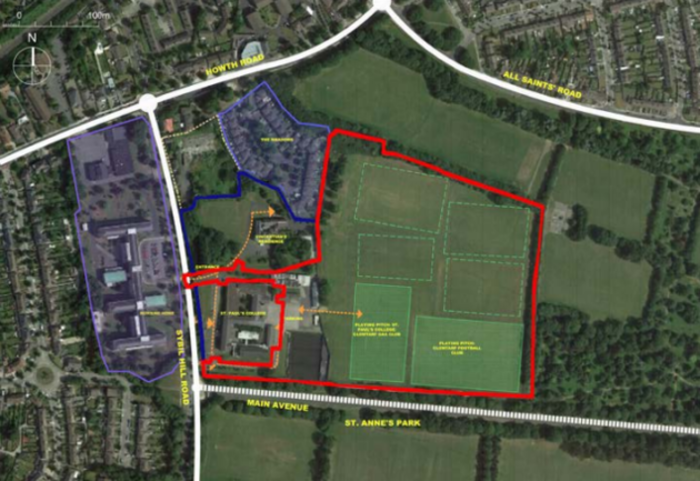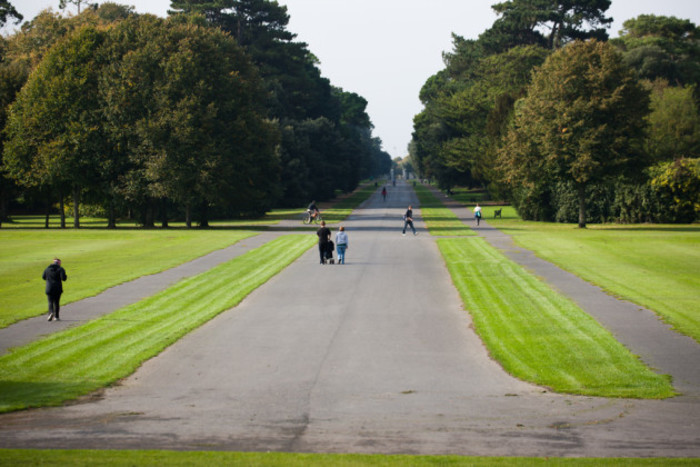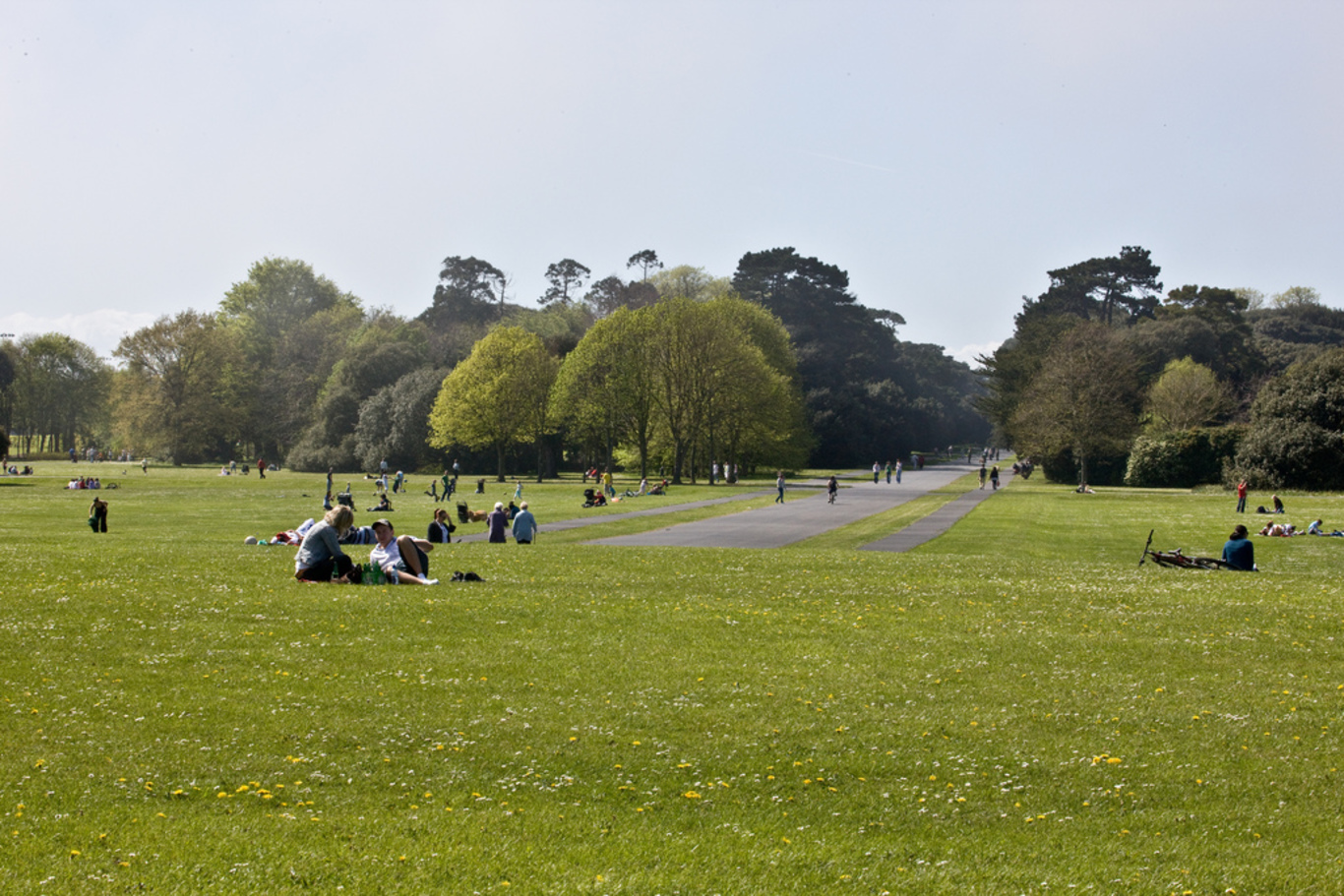A 536-unit housing plan for the 'green lung' of Dublin's north has the go-ahead
Local politicians have argued that the land is not zoned for housing.
THE NATIONAL PLANNING authority has granted permission for a major residential development on a north Dublin parkland, despite local politicians claims the land isn’t zoned for housing.
The project has been approved as part of the ‘Strategic Housing Development Scheme’ – the new fast-track system that allows large housing projects to bypass the local council planning system.
The plans for the north-west corner of St Anne’s Park in Raheny were announced back in 2015, but local residents have continuously objected to plans for housing on the site since the land is not zoned for residential use.
The initial plans by IMG Planning on behalf of Crekav Landback Investments invovled the construction of 381 new housing units of various types and sizes built on the site.
Revised plans submitted in August 2016 showed that it had been reduced by 25 units to 365. However, the latest plans granted by An Bord Pleanála outline a plan to construct of 536 housing units – 104 houses and 432 apartments – on the site.
The plans proposed also included widening the existing traffic access onto Sybil Hill Road to facilitate the proposed access road with footpaths and on-road cycle tracks.
The layout of the proposal comprises of two zones, the apartment area is located to the north and the housing area is located to the south.
The zones will be divided by an access roadway, which will provide access from the site onto Sybil Hill Road.
The apartment complex will be made up of six blocks that range in height from five- to eight-storeys. The housing units will comprise of four courtyard blocks.
An Bord Pleanála said that a detailed construction traffic management plan must be submitted to and agreed in writing with the planning authority prior to the commencement of the development.
 The St Anne's Park site
The St Anne's Park site
Controversy
The development is controversial partly because the site sits within the parkland area that includes St Anne’s Park, but the development area is in fact privately-owned.
The site in question encompasses playing pitches that were owned by the Vincentian secondary school, St Paul’s College, but were sold to developers.
The pitches are alongside the main avenue running through St Anne’s Park and border some other Dublin council-owned green areas in the park.
A number of politicians have objected to the development plans over the past several years, arguing that the land in question is not specifically zoned for residential housing.
Under the Dublin City Council Development Plan, the land is zoned as Z15 meaning that it is zoned for “institutional and community” use rather than Z1 for “sustainable residential neighbourhoods”.
Under the Z15 zoning, “residential development is open for consideration” but politicians argue that the plans go beyond what would be appropriate.
 St Anne's Park
St Anne's Park
Speaking to TheJournal.ie, local councillor Naoise Ó Múirí said that because this is a large-scale residential zoning, it belongs under a Z1 area.
“I’m amazed at this decision. It’s not a Z1 zoning and that for me is one of the key issues with the whole thing. If this was a residential zoning, fair enough, but it’s not,” he said.
Dublin City Council chief executive Owen Keegan today said that he was very surprised at the decision of An Bord Pleanála to grant permission for the construction of the 536 housing units.
In a statement today, Senator Aodhán Ó Ríordáin expressed his disappointment at the decision.
“The proposal to construct 536 housing units on this site is a perversion of what the lands were intended for, and will have a devastating effect on the environmental integrity of St Anne’s Park – a park which is the green lung of the northside,” Ó Ríordáin said.
Ireland lack of housing stock has been labelled the country’s “most-pressing issue” at the moment.
During 2017, the stock of properties available for sale nationwide hit a “critical low” as the cost of buying a house rose at the fastest pace in several years.
The Society of Chartered Surveys Ireland has previously predicted the housing crisis could last another 10 years.
Written by Hayley Halpin and posted on TheJournal.ie. Additional reporting by Killian Woods.





